Fingering
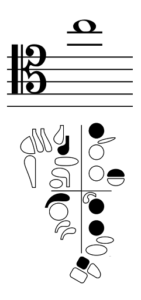
Note: The high C key must be held down for the duration of the C. It does not function as a speaker key in this octave like it does in the octave below.
Response
Good response on high C requires:
- an accurate aural target,
- a fast, cold, steady airstream,
- supporting the reed with your embouchure (lips),
Intonation and Tone
High C can be a very sharp note on the bassoon and too much lip pressure will push the pitch even higher. Your lips can be firm but make sure to
- maintain space between your teeth,
- create an open oral cavity,
- voice a low vowel shape with the back of your tongue.

Playing C to B
Playing C to B in the fourth octave only requires moving one finger. Lift the index finger of the left-hand; the fingers of the right-hand stay the same.
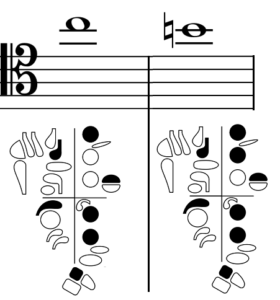

Playing B to A natural
Playing from B to A in the fourth octave requires changes in both hands. The left thumb moves down to the A and C# keys and the left ring finger goes down. The right-hand index finger lifts and the ring finger goes down and the right pinky adds the low F key.
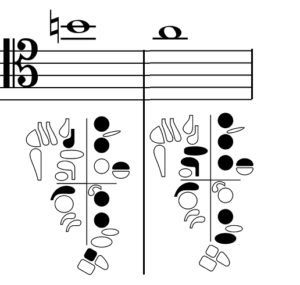

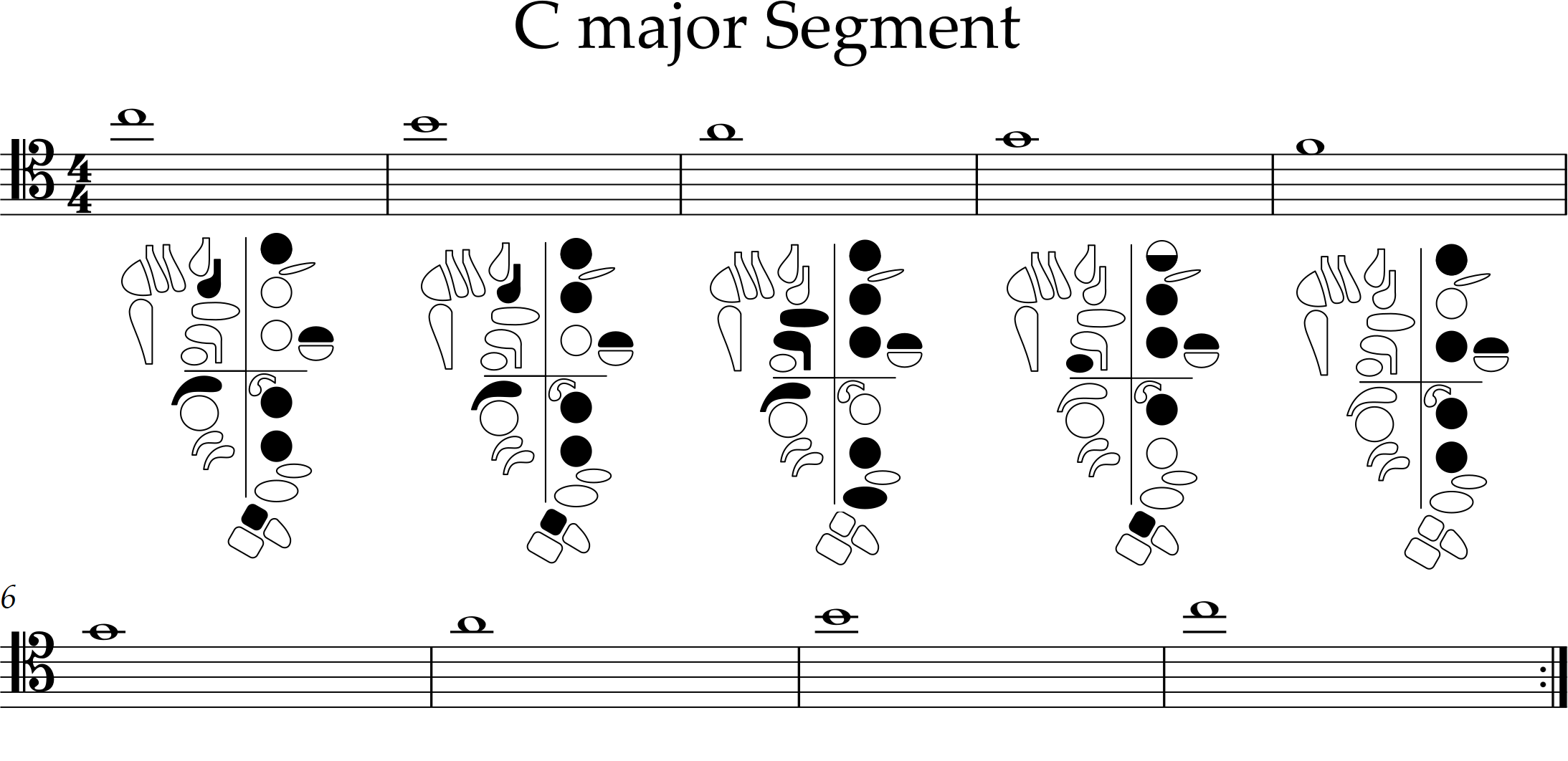

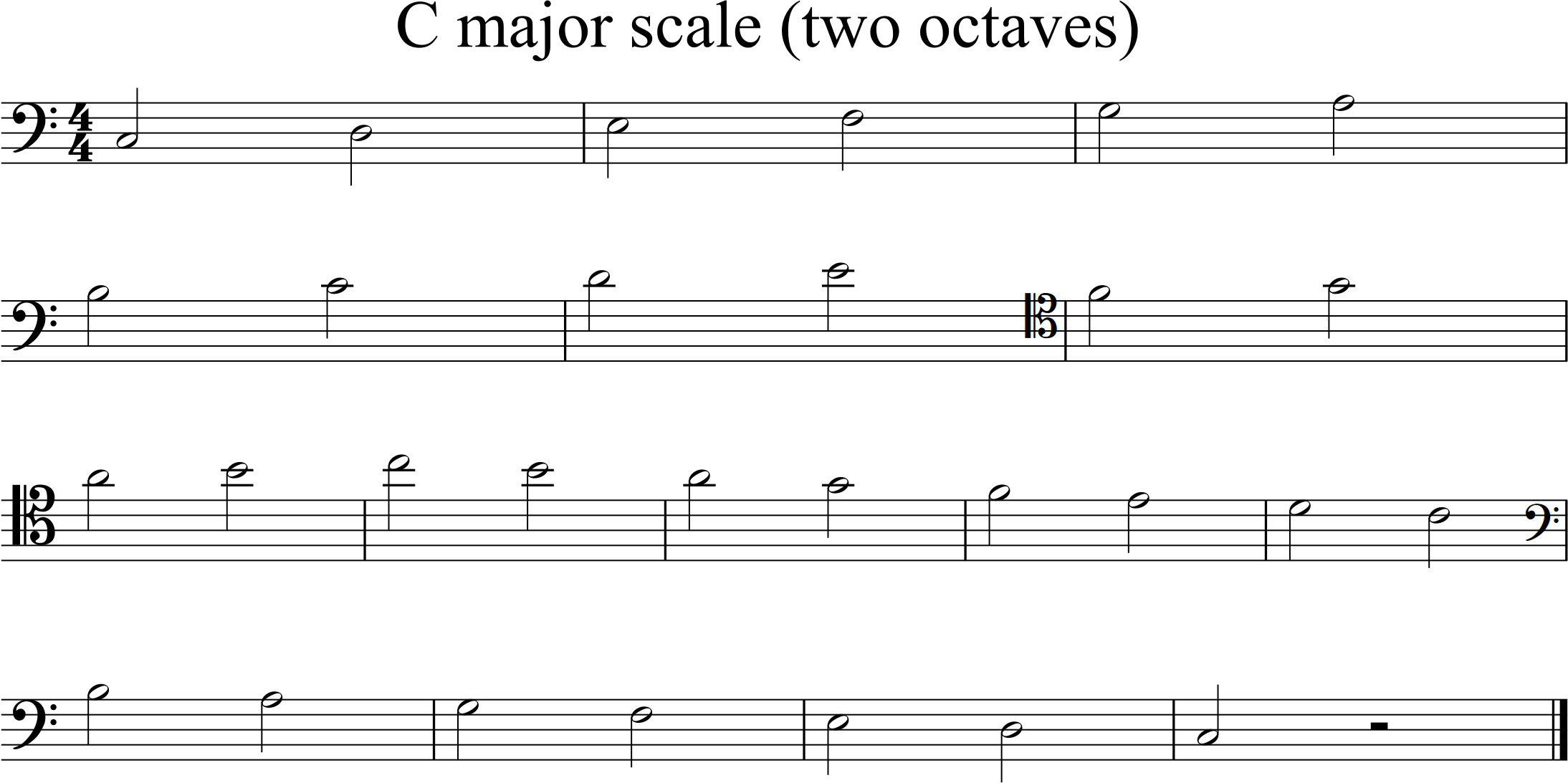
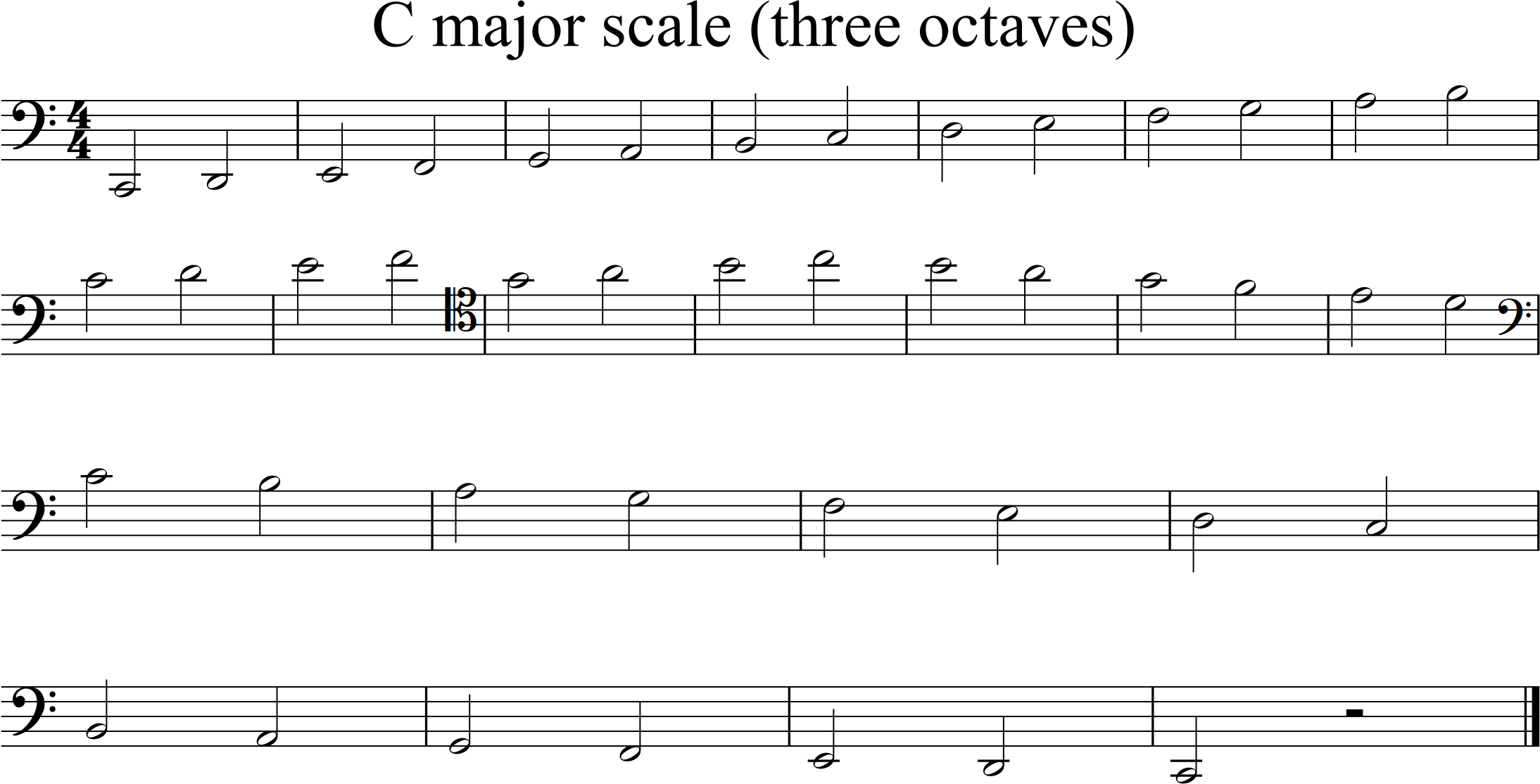
Playing C to Bb
Playing from C to Bb in the fourth octave requires changes in both hands. In the left hand the thumb, middle, and ring fingers have to change. In the right hand the thumb lifts off of the Bb key.
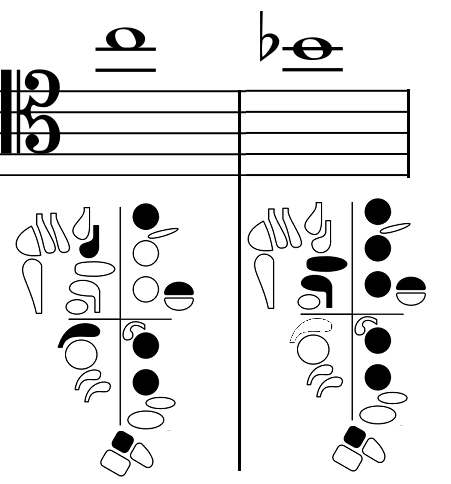

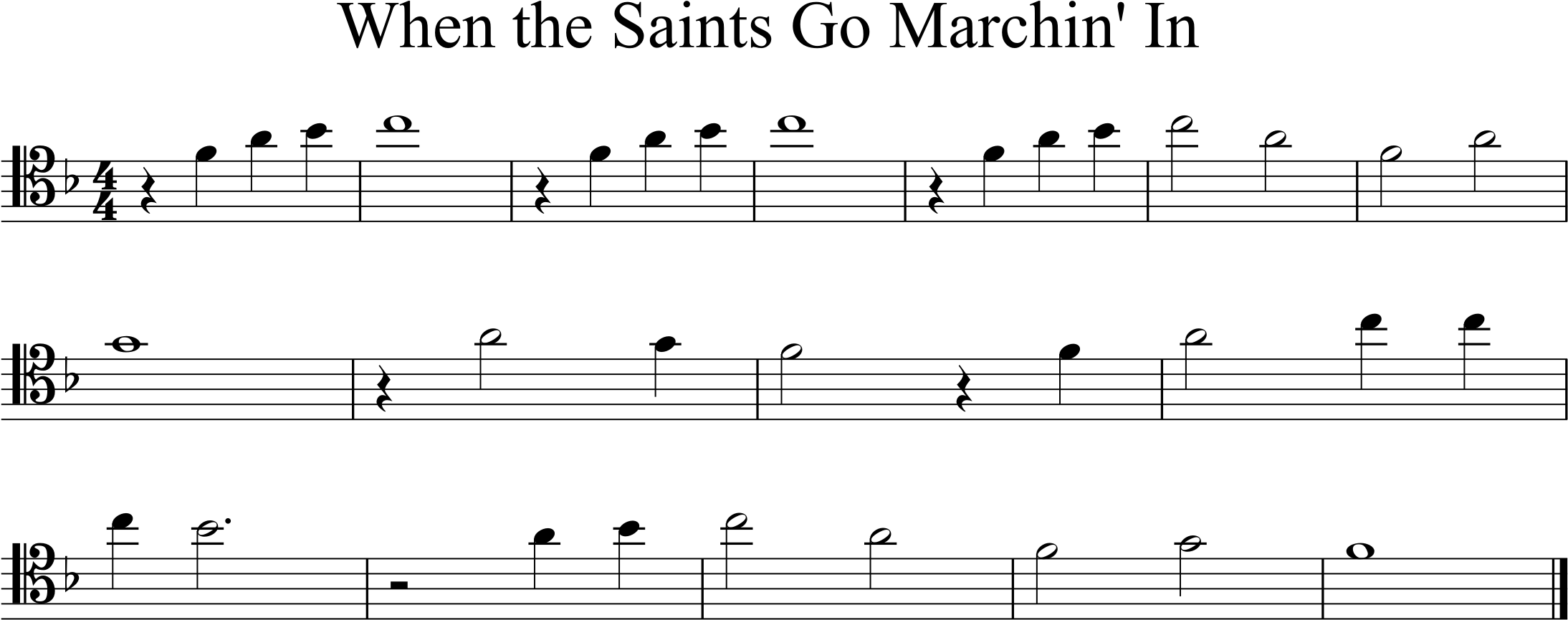
Playing C – Bb – Ab
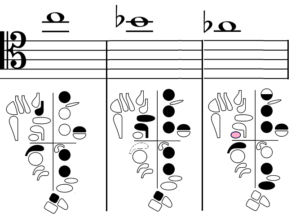
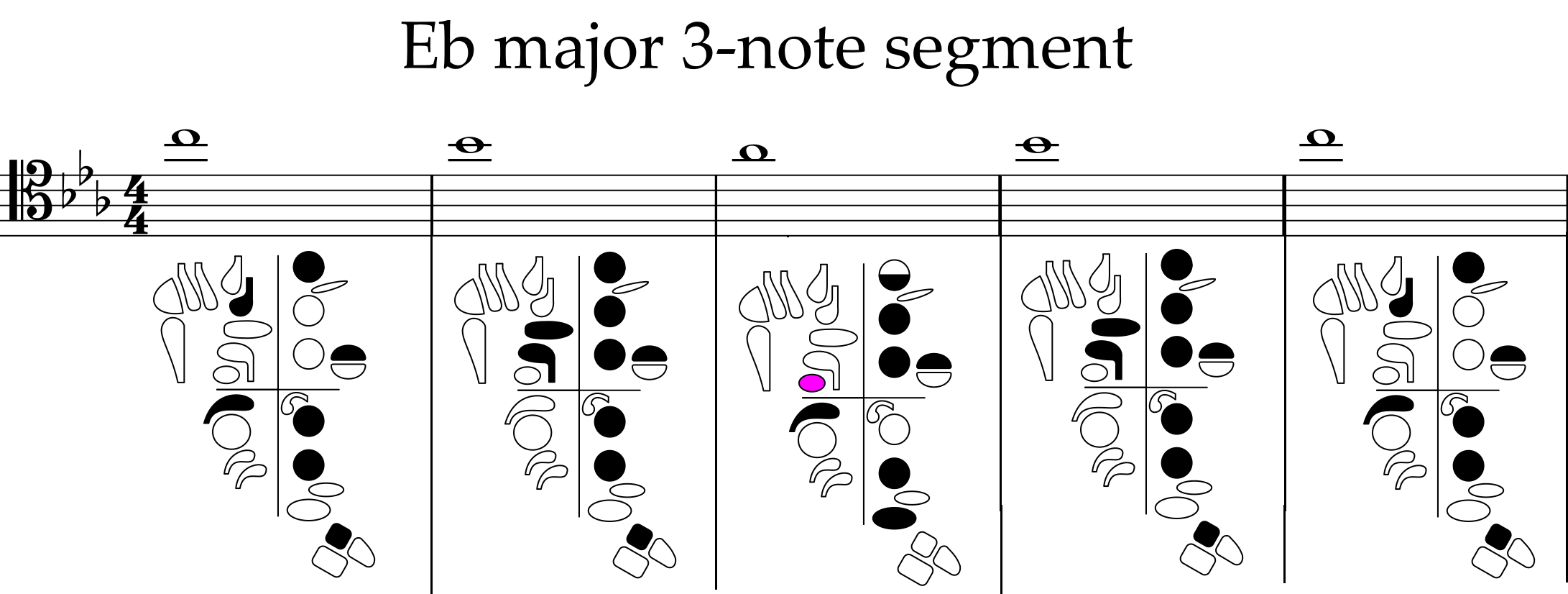
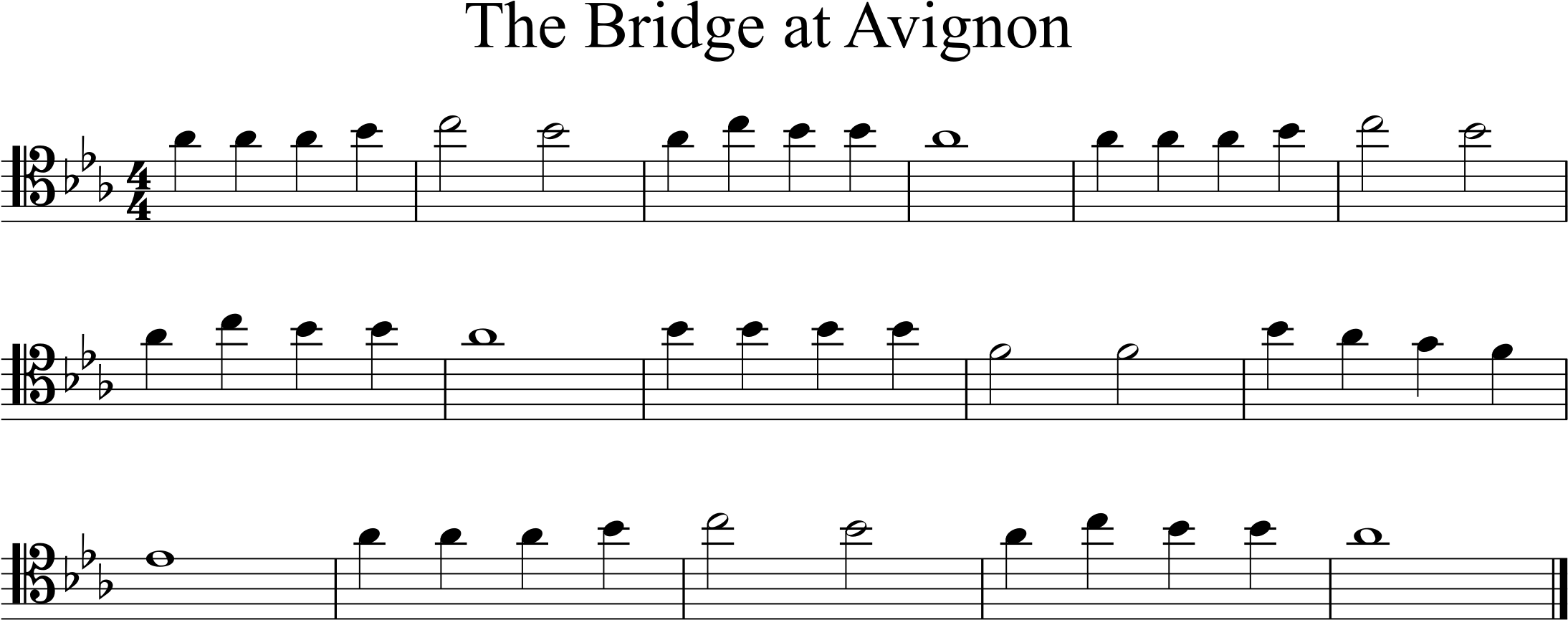


Feedback/Errata